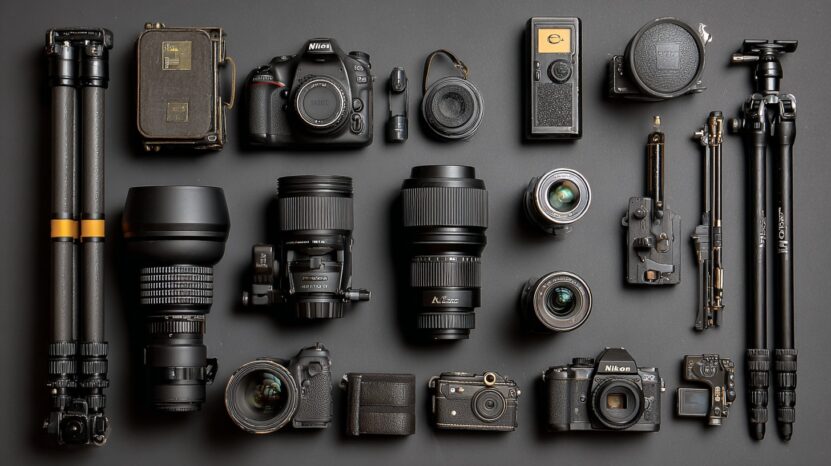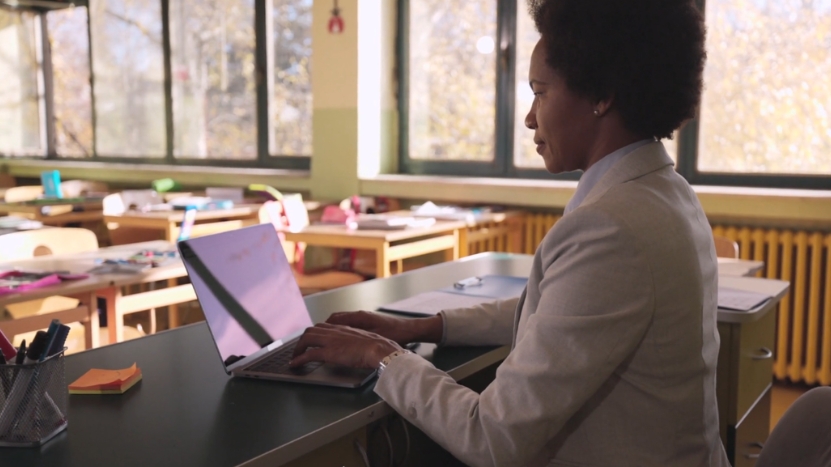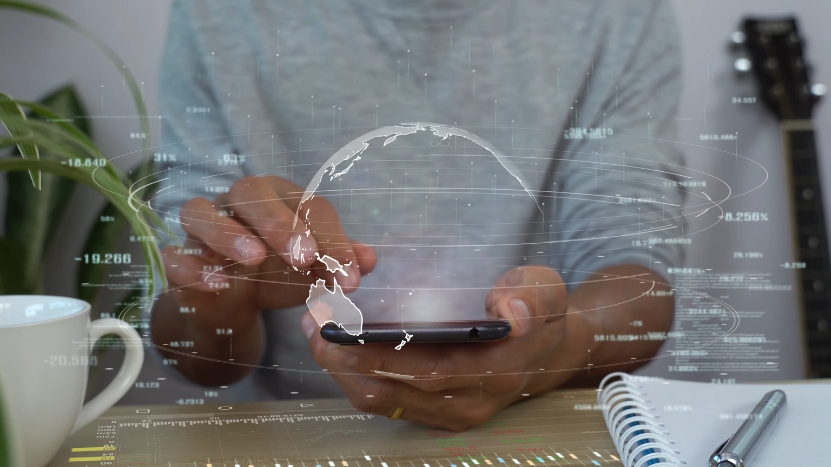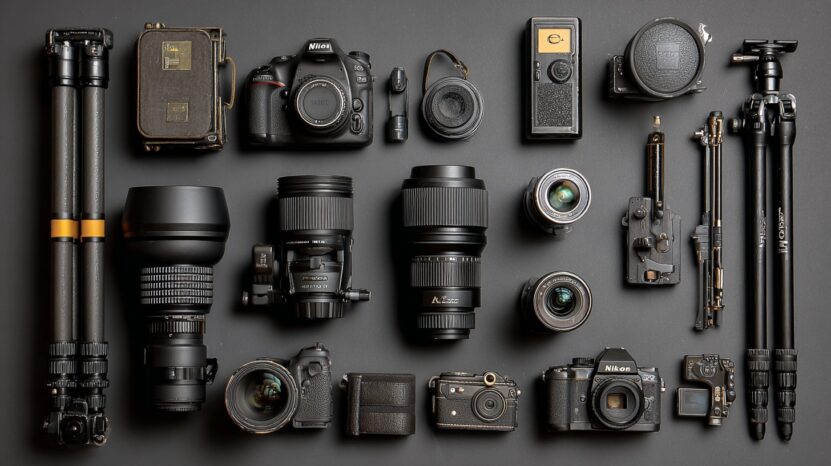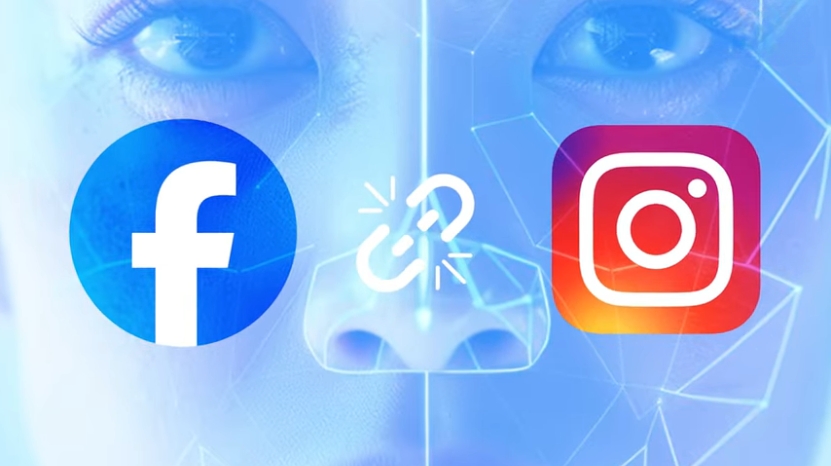
Share Post:
If you’re in middle or high school right now, chances are you’ve seen your fair share of wild stuff online. Screenshots. Rumors. AI-edited videos. Maybe even deepfakes.
And maybe, at some point, you’ve wondered, what happens if someone crosses a line? What if a photo or video gets shared that’s not just embarrassing, but deeply personal, and fake?
Well, as of May 2025, there’s a new federal law in place designed to deal with exactly that. It’s called the Take It Down Act, and it’s got serious weight behind it — from lawmakers on both sides of the political aisle, to celebrities, tech giants, and, most importantly, students who lived through the worst of what the internet can do.
Table of Contents
ToggleWhat Is the Take It Down Act?
At its core, the Take It Down Act makes it illegal to knowingly share or post non-consensual intimate imagery (NCII), including fake or AI-generated images, without the person’s permission. That includes stuff like:
- Real photos or videos shared without consent
- AI-edited or “deepfake” images that look real
- Anything made to humiliate, harass, or exploit someone sexually
And here’s the real headline: if someone reports that kind of content, websites and apps have 48 hours to remove it. Period.
That means platforms like TikTok, Instagram, Reddit, or Discord can’t just shrug it off or make you “prove” it’s fake. Once there’s a valid report from the victim, they’re required by law to act quickly — or face serious consequences.
Why Should Students Care?
If you’re thinking, “This doesn’t affect me,” take a minute. Because a big chunk of the law’s momentum came from teenagers, including a girl named Elliston Berry.
When Elliston was just 14, someone at her school used AI to create a fake nude image of her and shared it. It wasn’t real, but it looked real enough.
And it wrecked her sense of safety. For nearly a year, she and her mom begged platforms to take it down. Some did. Some didn’t. Some ignored them altogether.
Now? That kind of delay is no longer legal. The law forces tech companies to respond — fast.
And it’s not just about deepfakes. Say you break up with someone, and they decide to share a private picture you sent. That’s NCII, too. Even if it was consensual at the time, sharing it without your permission is now a federal crime.
What Counts as “Non-Consensual Intimate Imagery”?
The law is pretty specific. Here’s what falls under the NCII umbrella:
- Nude photos or videos shared without permission
- Any sexual content where the person didn’t agree to it being posted
- Fake nudes or AI-created images (aka “deepfake porn”) showing someone’s face on another person’s body
- Content that looks real to a regular viewer, even if it’s AI-made
And just because someone is permitted to take a photo doesn’t mean they agreed to share it. The law makes that clear.
What About AI Deepfakes?
That’s a big part of why the law was created.
Deepfakes are fake videos, images, or audio that use artificial intelligence to make it seem like someone did or said something they didn’t. They can be used for pranks, memes, or movie effects — but they’ve also been used in really harmful ways.
For example, someone could take your school photo, slap it onto someone else’s body in a sexually explicit image, and then send it around. The image might be fake, but to the people seeing it, it looks real. And that’s enough to destroy someone’s reputation, cause mental health issues, or lead to real-life harassment.
Under the Take It Down law, those deepfakes are treated the same as real images — if they look real enough to fool people, they qualify as NCII.
How Does the Take It Down Law Work?
Here’s the process, step-by-step, for when someone wants a fake or explicit image removed:
- The victim notices the image or gets alerted — on social media, a group chat, a Discord server, wherever.
- They notify the platform — this can be done through a complaint form or a direct message.
- The platform has 48 hours to take it down — that includes the original post and any reposts or re-shares they can find.
- The FTC (Federal Trade Commission) is in charge of making sure platforms follow through. If they don’t, they could get fined.
So if you ever hear, “They don’t care — they’re not gonna do anything,” that’s no longer true. It’s the law now.
What If You’re the One Who Posts Something?
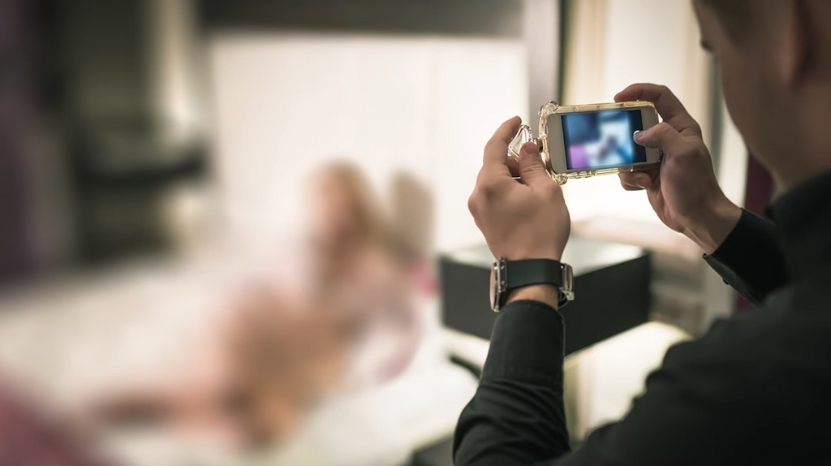
Let’s be blunt: if you knowingly share something that qualifies as NCII — even if it’s a joke, even if you didn’t make it — you could be committing a federal crime.
That’s a big deal.
It doesn’t matter if:
- You’re under 18
- You didn’t make the image
- You only sent it to a few people
- It was meant as a joke or a prank
If you shared something sexual that looks real and the person didn’t say yes to posting it, you can be held responsible. Even if you delete it later. Even if you didn’t think it was “a big deal.”
What About Free Speech?
🚨 Does the TAKE IT DOWN Act go too far?
Congress recently passed a law criminalizing the nonconsensual sharing of intimate images — including digitally altered ones. While intended to protect victims, this new law opens the door to sweeping government censorship. pic.twitter.com/r6ePbzyQaA
— The Future of Free Speech (@SpeechFuture) May 12, 2025
Good question. Some people wondered if this law would go too far and end up censoring stuff unfairly. But the law includes a safeguard: it only applies when someone knowingly publishes non-consensual intimate content, and when that content would look real to a “reasonable person.”
So satire, memes, obvious parodies, or artistic commentary are not targeted. It’s not about policing the internet — it’s about protecting real people from real harm.
Who’s Behind the Law?
The Take It Down Act came from a surprising mix of people.
- Senator Ted Cruz (Republican, Texas) helped write it.
- Senator Amy Klobuchar (Democrat, Minnesota) co-led it.
- First Lady Melania Trump threw major support behind it as part of her “Be Best” campaign, especially after meeting victims like Elliston Berry.
- It passed Congress with overwhelming support: 409–2 in the House, and unanimously in the Senate.
And beyond politics, the law got backing from some heavy hitters:
- Meta (Facebook, Instagram)
- TikTok
- Snap
- Amazon
- The National Center for Missing & Exploited Children
- RAINN (Rape, Abuse, & Incest National Network)
Even celebrities like Paris Hilton spoke out in favor.
What Can You Do if It Happens to You?
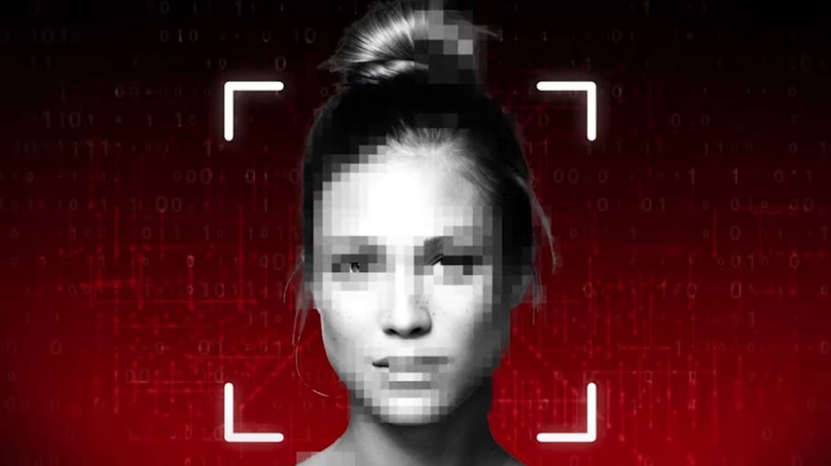
If you ever find yourself in a situation where something explicit is posted without your permission — real or fake — you’ve got options.
Here’s what to do:
- Take screenshots of the post, comments, and any usernames involved.
- Report the content directly to the platform (look for “report” or “flag” options).
- Tell a trusted adult — a parent, teacher, counselor, or coach. Don’t try to handle it alone.
- Contact law enforcement if the image is spreading or if you feel unsafe.
- Use legal resources: sites like the Cyber Civil Rights Initiative can guide you through getting things taken down.
If the image keeps resurfacing or you’re running into roadblocks getting it taken down, some services specialize in persistent content removal.
According to Guaranteed Removals, a company that works with online reputation and image takedown cases, non-consensual content, especially when it’s shared across multiple platforms, can require repeated takedown efforts and professional follow-up to fully remove from search engines and social media archives.
You’re not being dramatic. You’re protecting your identity.
Final Thoughts
Middle and high school can be intense enough without the internet weaponizing your face, your body, or your image. The Take It Down Act doesn’t solve everything, but it gives power back to the people who’ve had it taken away.
It’s a sign that adults in power are finally starting to take digital harassment seriously, especially the kind that targets teens, girls, and students caught up in the wrong place at the wrong time.
So, if you’ve ever thought, “They won’t do anything about it,” think again.
Now they have to.
And if you’ve ever worried you’d be blamed, dismissed, or ignored — know this: the law is on your side. And you’re not alone.
Related Posts:
- Top 10 Free Online IQ Tests You Can Take Right Now
- How Many Times Can You Take the SAT - Is There a Limit?
- How to Look up Old School Teachers - Track Down Your…
- Top 10 Free Chemistry Apps for High School Students in 2025
- 15 Alternative Post-High School Paths to Successful…
- High School Classes That Matter Most for College Preparation


